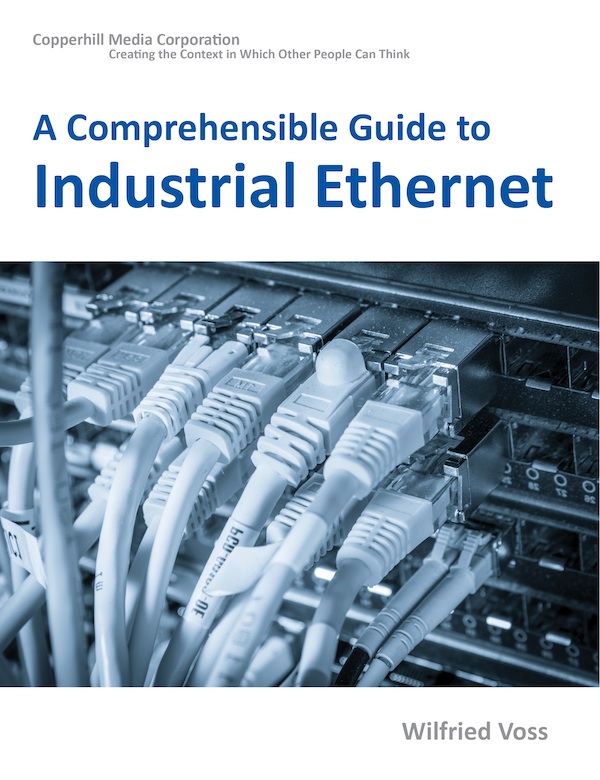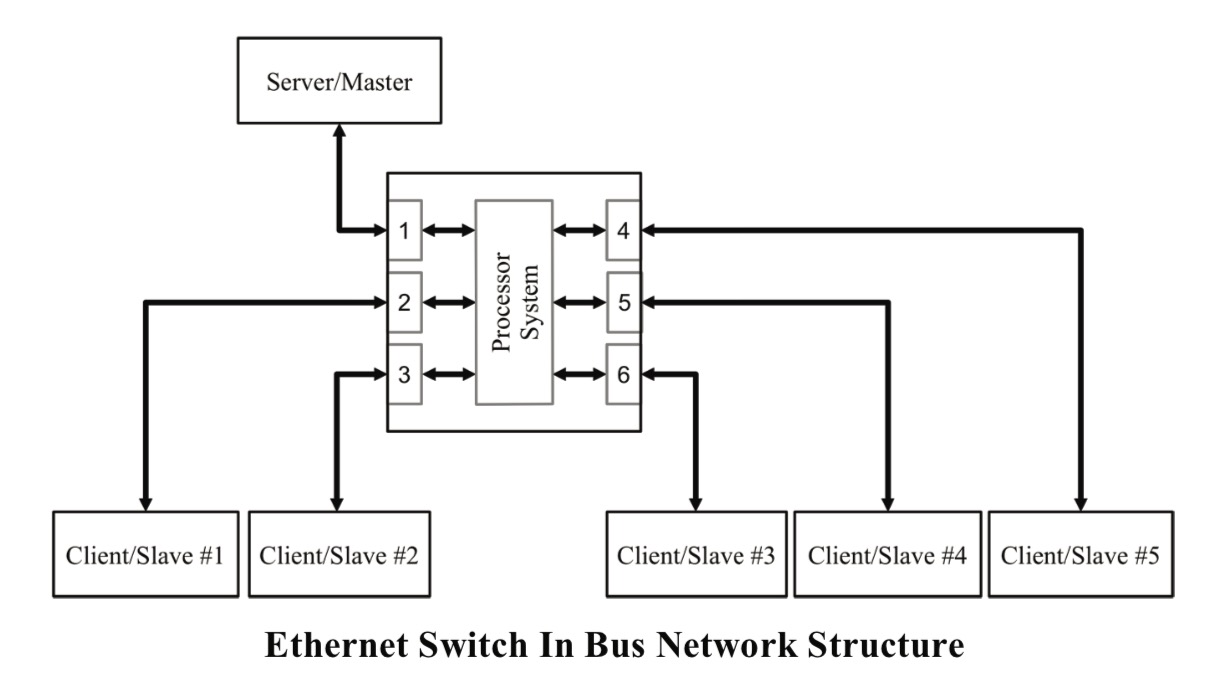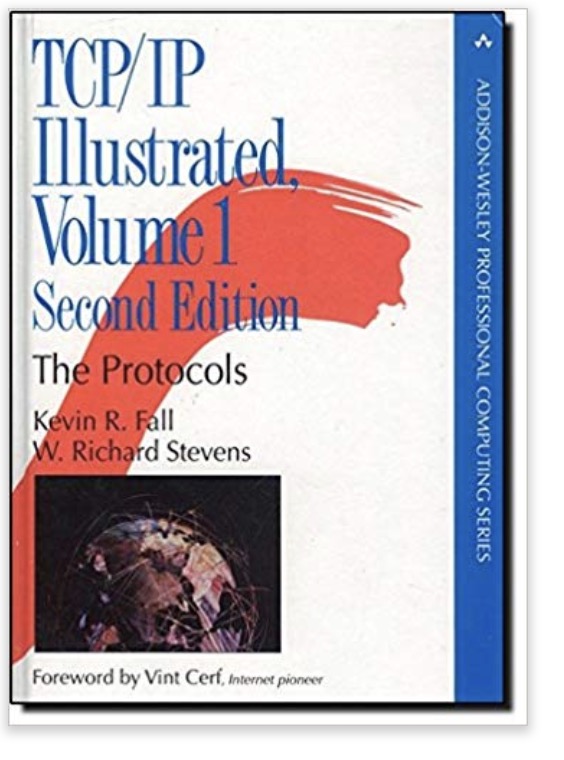Recent Posts
Industrial Ethernet Guide - Switched Ethernet
Posted by on

The following is part of A Comprehensible Guide to Industrial Ethernet by Wilfried Voss.
Ethernet switches are of significant importance when it comes to the total prevention of bus arbitration (CSMA/CD) occurrences, may it be for Ethernet TCP/IP or some (but not all) Industrial Ethernet protocols such as Ethernet/IP and Modbus/TCP.
The elimination of the bus arbitration process can be accomplished through a simple network design modification, i.e., by assigning each node its collision domain.
Such a configuration will result in an optimum reduction of data traffic and avoidance of bus arbitration (CSMA/CD) occurrences since each node in the network occupies its port on the switch. The switch, in turn, acts as the ultimate network traffic controller.

However, the configuration, as shown above, would not be able of delivering a total elimination of CSMA/CD if it was based on the original Half Duplex Ethernet as introduced in 1985. Occasional message collisions would still plague the communication between the switch and the individual nodes. In all consequence, a switch in a half-duplex network would only reduce the probability of CSMA/CD occurrences but would not necessarily decrease it to zero.
To eliminate CSMA/CD, the network including the switch must support full duplex Ethernet (a virtual standard for modern networks) as described in the following chapter.
Note: Industrial Ethernet protocols such as Ethernet/IP and Modbus/TCP depend heavily on the use of Ethernet switches; otherwise, they would be (per default) useless for real-time control.
However, switches add latency per message to a network (According to current technology, 7.5 microseconds in the best case; more than 10 microseconds is standard). The impact on the cycle time depends on the network load. In all consequence, Ethernet switches are disadvantageous when it comes to achieving hard real-time performance.
Full-Duplex Ethernet
In review, devices operating in a half-duplex network cannot send and receive data simultaneously; a device can only send or receive. In half-duplex, one node sends the frame, and all other nodes in the collision domain listen for the frame. In this scenario, nodes will compete for bus access, and their frames may collide with other frames in the network.
Message collisions can only be prevented when the bus access is controlled on a higher level.
As a result, full duplex communication for Ethernet was standardized in 1997 as IEEE 802.3x. It allows nodes to receive and transmit simultaneously; however, only two devices can be connected on a single full duplex link, either in a node-to-switch or switch-to-switch connection.
Theoretically, full-duplex Ethernet can double the available network bandwidth, but in reality, it is limited by the internal processing capabilities of each node in the network.
A network configuration with full duplex communication and full-duplex switch, also known as Switched Ethernet, provides each node with its individual “collision” domain that completely avoids collisions, even ignoring the traditional CSMA/CD protocol.
TCP/IP Illustrated, Volume 1: The Protocols
TCP/IP Illustrated, Volume 1, Second Edition, is a detailed and visual guide to today’s TCP/IP protocol suite. Fully updated for the newest innovations, it demonstrates each protocol in action through realistic examples from modern Linux, Windows, and Mac OS environments. There’s no better way to discover why TCP/IP works as it does, how it reacts to standard conditions, and how to apply it in your applications and networks.
Building on the late W. Richard Stevens’ classic first edition, author Kevin R. Fall adds his cutting-edge experience as a leader in TCP/IP protocol research, updating the book to reflect the latest protocols and best practices fully. He first introduces TCP/IP’s core goals and architectural concepts, showing how they can robustly connect diverse networks and support multiple services running concurrently. Next, he carefully explains Internet addressing in both IPv4 and IPv6 networks. Then, he walks through TCP/IP’s structure and function from the bottom up: from link layer protocols–such as Ethernet and Wi-Fi–through the network, transport, and application layers.
 Loading... Please wait...
Loading... Please wait...

